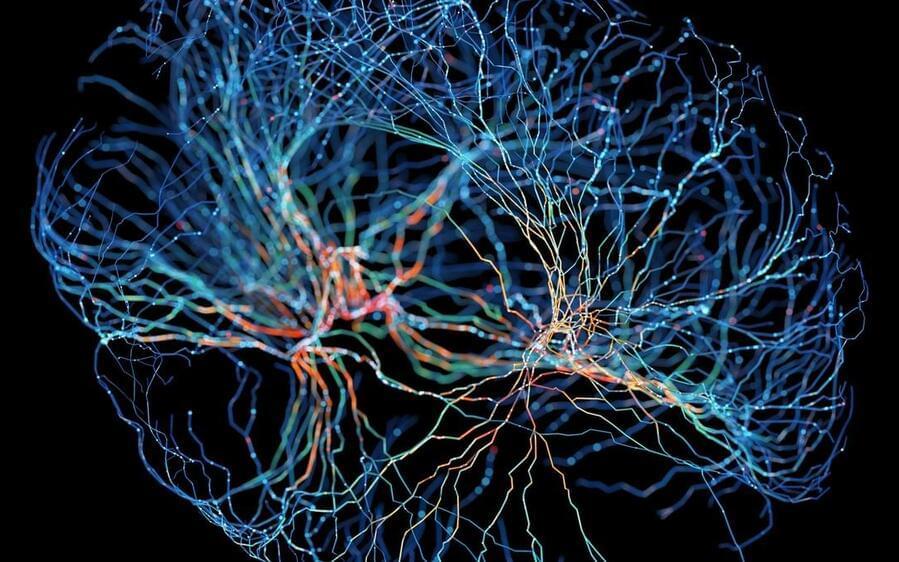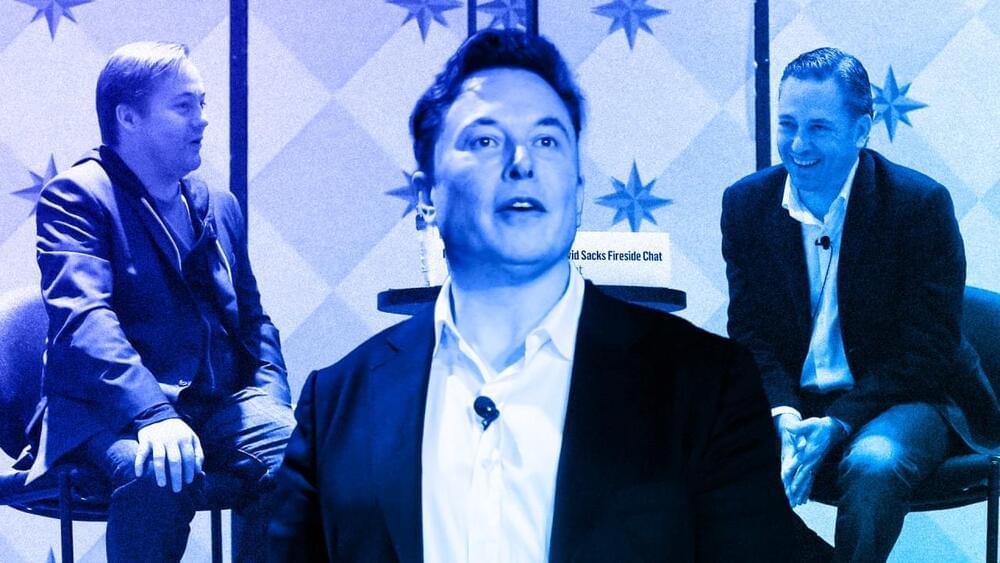ChopValue, a Canadian company, repurposes millions of chopsticks every year as shelves, furniture and countertops.





Excessive technology use could cause future humans to form a second eyelid and alterations in the hands and back.
Advancements in technology change how people work and function, often speeding up the process or creating efficiency. However, there is a possibility that technology is affecting our bodies, especially from using it often.
A research project commissioned by TollFreeForwarding warns that using technology too much could form abnormalities. Researchers collaborated with a 3D designer to make images of a “future human” that shows tech-related problems from daily technological use. Researchers named the 3D model “Mindy”.

Electrical charge can change the size of water droplets and cause them to ‘explode.’
A new scientific experiment has proven that electrically charging clouds can change the size of the droplets in fog or, possibly, droplets in a cloud that is having trouble moving to fall as rain.
The new experiment assists a “constipated cloud” in becoming rainy, according to a report published by The Guardian on Thursday.

𝐂𝐨𝐧𝐬𝐜𝐢𝐨𝐮𝐬 𝐑𝐞𝐚𝐥𝐢𝐭𝐲 𝐈𝐬 𝐎𝐧𝐥𝐲 𝐚 𝐌𝐞𝐦𝐨𝐫𝐲 𝐨𝐟 𝐔𝐧𝐜𝐨𝐧𝐬𝐜𝐢𝐨𝐮𝐬 𝐀𝐜𝐭𝐢𝐨𝐧𝐬, 𝐒𝐜𝐢𝐞𝐧𝐭𝐢𝐬𝐭𝐬 𝐏𝐫𝐨𝐩𝐨𝐬𝐞 𝐈𝐧 𝐑𝐚𝐝𝐢𝐜𝐚𝐥 𝐍𝐞𝐰 𝐓𝐡𝐞𝐨𝐫𝐲
“𝙒𝙚 𝙥𝙚𝙧𝙘𝙚𝙞𝙫𝙚 𝙩𝙝𝙚 𝙬𝙤𝙧𝙡𝙙 𝙖𝙨 𝙖 𝙢𝙚𝙢𝙤𝙧𝙮,” 𝙩𝙝𝙚 𝙖𝙪𝙩𝙝𝙤𝙧𝙨 𝙤𝙛 𝙖 𝙧𝙚𝙘𝙚𝙣𝙩 𝙥𝙖𝙥𝙚𝙧 𝙬𝙧𝙤𝙩𝙚. “𝙄𝙣 𝙤𝙩𝙝𝙚𝙧 𝙬𝙤𝙧𝙙𝙨, 𝙩𝙚𝙘𝙝𝙣𝙞𝙘𝙖𝙡𝙡𝙮, 𝙬𝙚 𝙖𝙧𝙚 𝙣𝙤𝙩 𝙘𝙤𝙣𝙨𝙘𝙞𝙤𝙪𝙨𝙡𝙮 𝙥𝙚𝙧𝙘𝙚𝙞𝙫𝙞𝙣𝙜 𝙖𝙣𝙮𝙩𝙝𝙞𝙣𝙜 𝙙𝙞𝙧𝙚𝙘𝙩𝙡𝙮.”
“We perceive the world as a memory,” the authors of a recent paper wrote. “In other words, technically, we are not consciously perceiving anything directly.”

Generate seamless video from still images with just one click.
Available now: https://bit.ly/3E373m1
Watch this video on Streamable.

